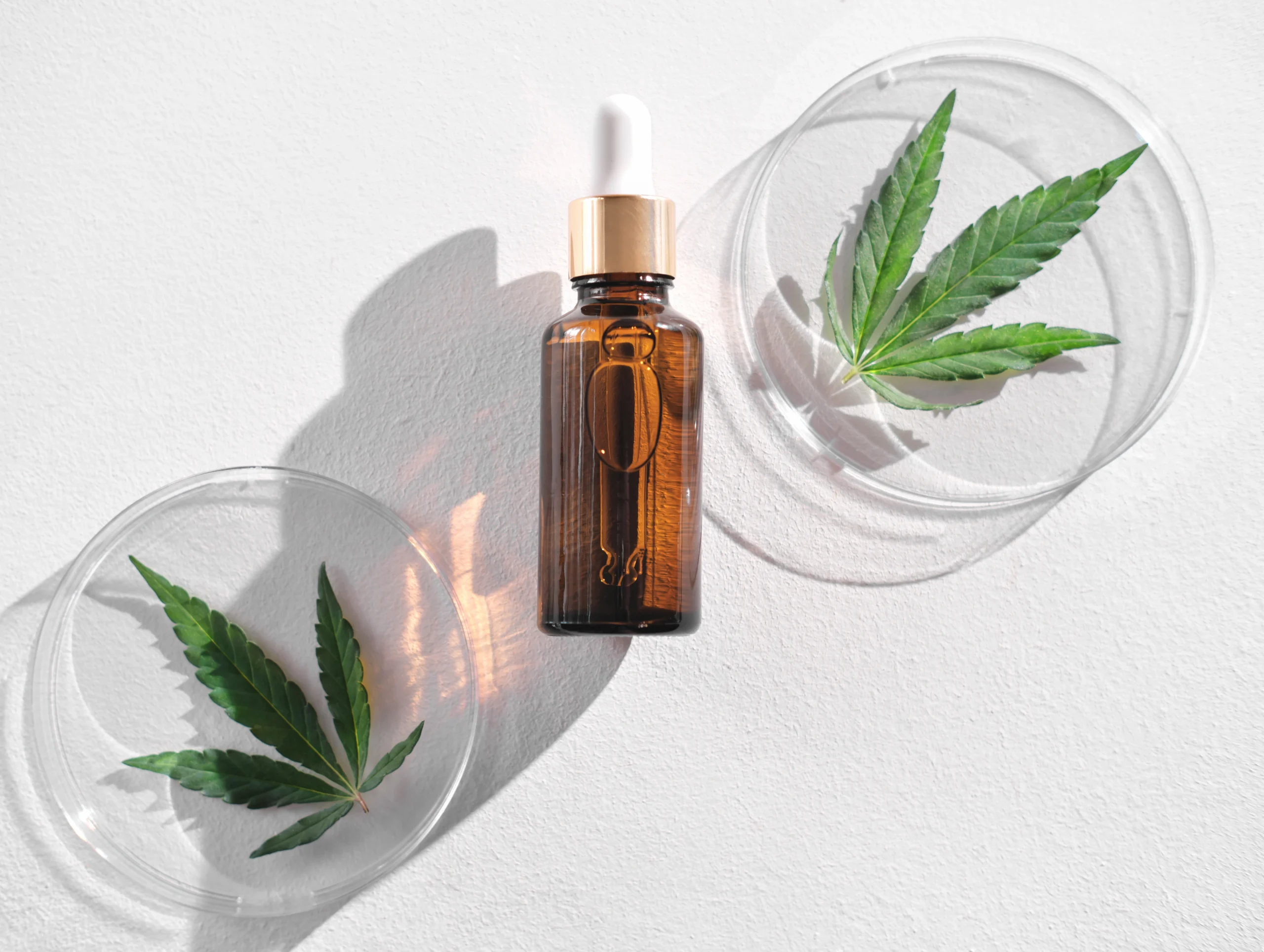- 4 Oct 2025

When exploring CBD oil, a critical factor that influences quality, safety, potency, and flavor is the extraction method. Among the most common techniques are supercritical CO₂ extraction, ethanol extraction, and simple olive-oil (or other carrier oil) extraction. Each has its strengths and limitations, so knowing how they compare helps consumers, producers, and regulators make informed decisions.
CO₂ Extraction: This method employs carbon dioxide under high pressure and regulated temperature to force the CO₂ into a supercritical state—part gas, part liquid—where it efficiently dissolves cannabinoids, terpenes, and other compounds from the hemp plant. After extraction, pressure is reduced so that CO₂ returns to gas and separates from the extract, yielding a relatively clean, potent oil.
Ethanol Extraction: Ethanol (often food-grade) acts as a solvent. The hemp biomass is soaked, sometimes pre-chilled, in ethanol to pull out cannabinoids and terpenes. After extraction, ethanol is evaporated, leaving behind crude oil that may undergo further refining (to remove waxes, chlorophyll, etc.).
Olive Oil Extraction: This is a more traditional, gentle extraction approach. The plant material is first decarboxylated (heated to activate the cannabinoids), then mixed with olive oil and gently heated for some time, allowing cannabinoids to infuse into the oil. After cooling, the plant solids are filtered out. It’s relatively simple, safe, and good for small-scale or home use.
CO₂ extraction is generally the cleanest of the three. Since pure CO₂ is used, and it reverts to gas, there is almost no risk of harmful solvent residues. Ethanol extraction, while food-grade ethanol is considered safe, can sometimes carry residual solvents, especially if the ethanol is denatured or impurities are present. Additional steps are often needed to remove chlorophyll and unwanted compounds. Olive oil extraction has the advantage that the carrier oil itself is safe, but since there is no separation of solvent (as olive oil is the solvent), the extract tends to be less concentrated and may carry more plant matter, possibly affecting flavor or causing quicker degradation.
CO₂ extraction often delivers higher purity and better potency, but the yield (in terms of total CBD extracted per weight of biomass) sometimes can be lower depending on the pressures/temperatures used. However, modern CO₂ systems are highly tuned and can extract quite efficiently. Ethanol tends to give higher yield more quickly, since it’s aggressive and draws out many solubles, but that can mean more impurities to remove. Olive oil extraction yields are modest; there’s a limit to how much cannabinoid content the oil will absorb, and heat must be managed carefully. It is less efficient for large-scale or commercial production.
CO₂ extraction requires costly, specialized equipment, precise control, and skilled operation. Upfront investment is high. Nevertheless, over time, because CO₂ can be recycled and the product often needs less post‐processing, operational costs (for large producers) can be justified. Ethanol equipment tends to cost less initially, and processes can be scaled more easily; however, ethanol recovery, purification, and safety measures (for solvent handling etc.) add to ongoing costs. Olive oil extraction requires minimal equipment; it’s accessible, low-cost, safe. The trade-off is low volume, slower processing, and lower stability/running costs.
CO₂ is mild in terms of preserving delicate terpenes and cannabinoids when operated under correct parameters; minimal heat damage if parameters are well controlled. Ethanol, especially warm or hot ethanol extractions, may degrade or pull unwanted compounds (waxes, chlorophyll) that impair flavor, color, or require winterization. Cold ethanol methods help preserve more desirable compounds. Olive oil extraction is gentle, but longer heat exposure and the nature of the oil mean some active compounds may degrade, and the resulting product is less shelf stable, often with weaker aroma and potency.
There is no one-size-fits-all. If you want maximum purity and potency for commercial use (e.g. high-end oils, broad‐ or full‐spectrum products), CO₂ extraction often leads. If you want lower cost / higher yield and you have good post-processing (purification, solvent removal), ethanol extraction is a solid compromise. If you are working at home, small batch, want simplicity, safety, and are not needing industrial scale or ultra-high concentration, olive oil extraction is useful.
Also, regulatory and safety compliance, local laws, and demand (what consumers expect in terms of purity, flavor, safety) will heavily influence what method is appropriate. Flavor, shelf life, and clarity matter in finished products, and each extraction method places trade-offs between them.
Comparing CO₂, ethanol, and olive oil extraction for CBD shows that each way has different strengths and trade-offs. CO₂ tends to deliver higher purity and less risk of residue, at higher cost and complexity. Ethanol offers higher yield and more aggressive extraction but needs careful purification. Olive oil extraction is safe and simple but limited in potency and storage stability. Understanding those differences is essential for anyone sourcing, making, or using CBD oil, especially where quality, safety, and regulatory compliance are important.